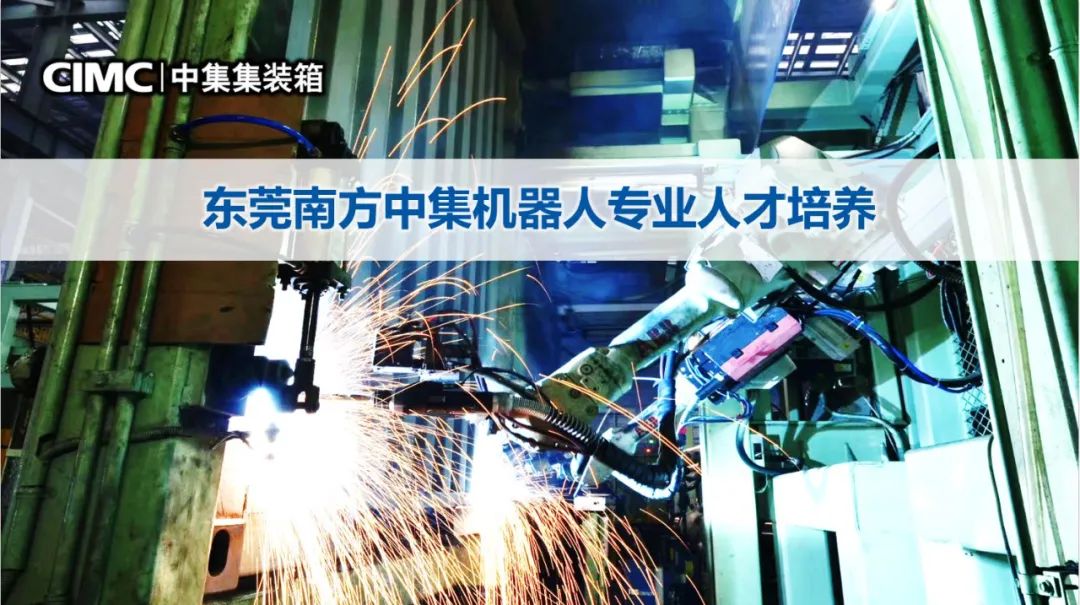
With the advancement of the Longteng Plan in the container sector and the upgrading of intelligent manufacturing, various enterprises within the group are continuously increasing their deployment of intelligent equipment, particularly industrial robots. The demand for robot technicians is consistently growing as the number of industrial robots rises. Each enterprise is adopting different methods to cultivate talent, such as mentorship, self-learning, vendor-based training, and collaboration with educational institutions.
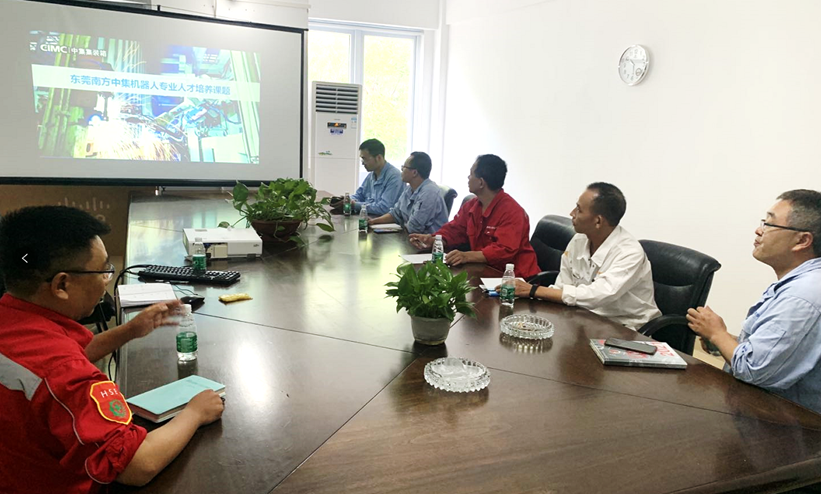
Given that our company currently utilizes a large number of robots in paint and welding processes, the factory's transformation towards intelligent manufacturing and the increase in production capacity heavily rely on robot applications. Therefore, conducting systematic training for personnel specializing in robotics is particularly crucial. How can the company internally nurture qualified robot professionals at various levels? This is a significant challenge our company is facing.
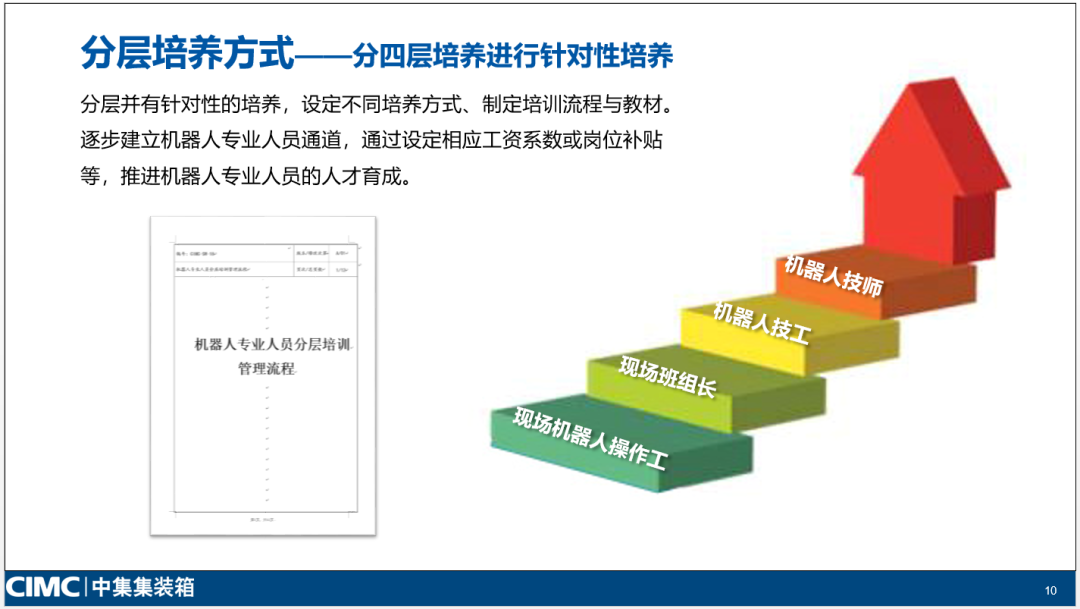

Throughout this year, with strong support from the group's container sector and full cooperation from relevant departments within the company, we have established a well-equipped robotics training center with both hardware and software facilities. Simultaneously, we are actively building a systematic hierarchical training system for robotics professionals. Robots are a new and emerging field for us, something we have never encountered before. Therefore, everything about them is a journey of exploration, including the establishment of training systems. Through the collective efforts of all parties involved, on August 16th, the hierarchical training for robotics professionals officially commenced.
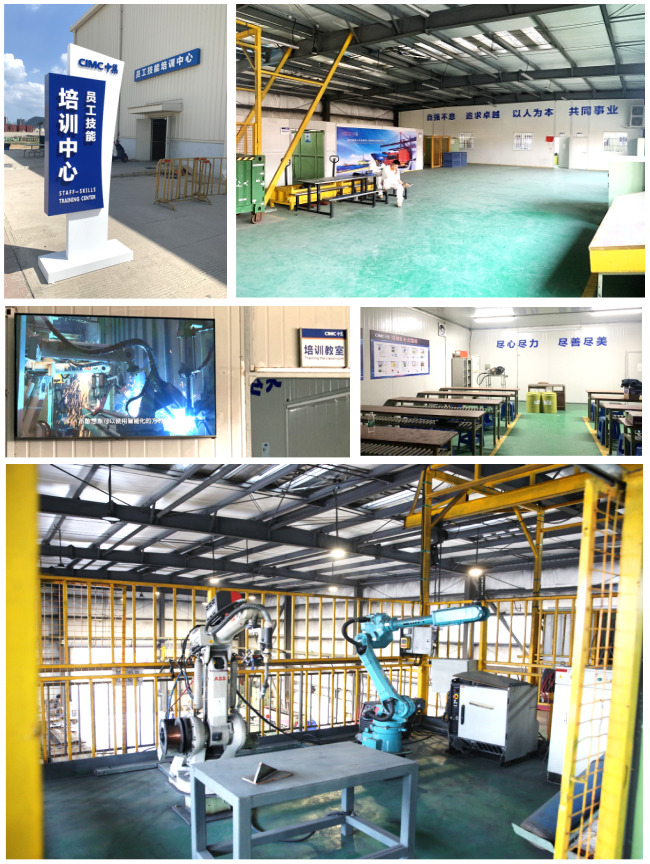
The training for robot operators, technicians, and team leaders is primarily conducted in a concentrated group training format, divided into classes. The training progresses from basic to advanced, combining theoretical and hands-on training. Currently, training is underway for 135 enrolled participants, with a training duration of 2 months. The organization and instruction of the training courses are overseen by the robot teams. This training not only includes the training itself but also features elements like final examinations upon completion.
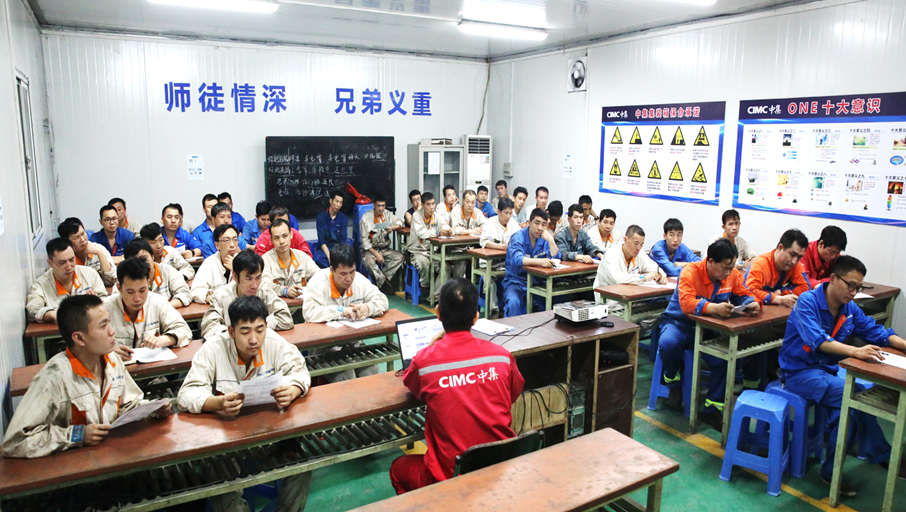
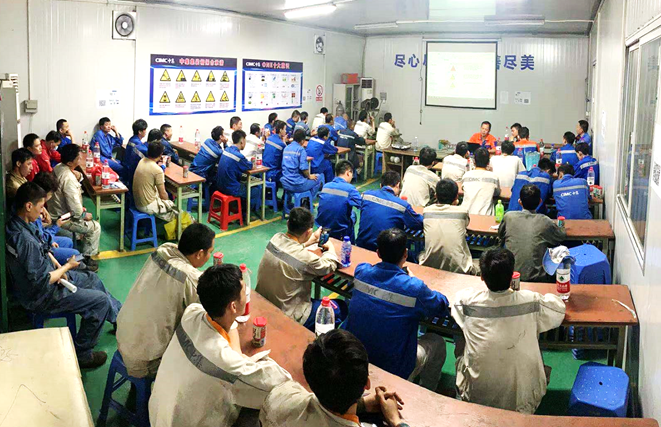
Due to the tight production schedule and limited daytime availability, the training sessions have been scheduled to take place after the end of the workday for each respective team. Training for the welding team is conducted on Mondays and Wednesdays, while the painting team undergoes training on Tuesdays and Thursdays. Since the robots used for painting and welding are different, separate training sessions are required. The training follows a combination of theoretical and practical modules, aiming to enhance understanding and assimilation.
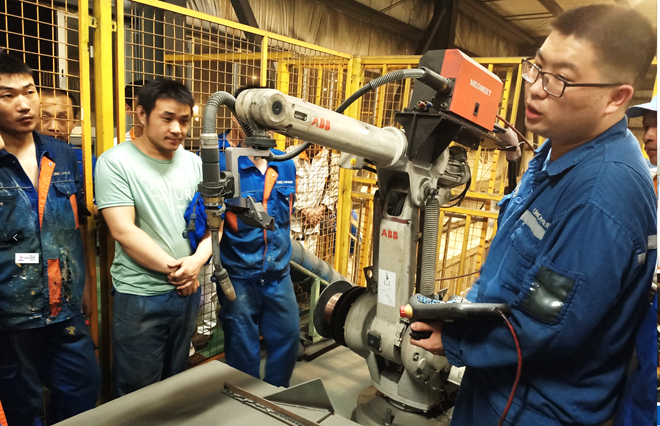
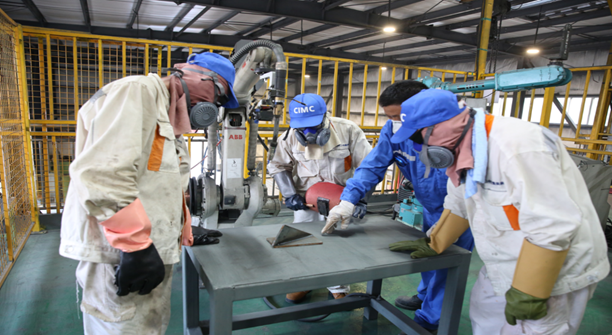
On the first day of training, the session began with a presentation by Guo Changyang, the team leader of the robotics department. He initiated the training by providing an overview of the fundamentals of robotics and introducing some basic functionalities, setting the stage for the training program. Subsequent sessions were conducted by various other members of the robotics team. The participants were highly engaged and attentive during the classes. Everyone diligently took notes, and those who encountered difficulties took photos with their phones to review and digest the material later.
The classroom atmosphere was welcoming and conducive to learning. Participants were encouraged to ask questions whenever they didn't understand something, and the teachers went above and beyond to ensure everyone comprehended the topics. The teachers on the podium used gestures and props to illustrate their points, making every effort to simplify complex concepts. They strived to explain intricate ideas using concise language.
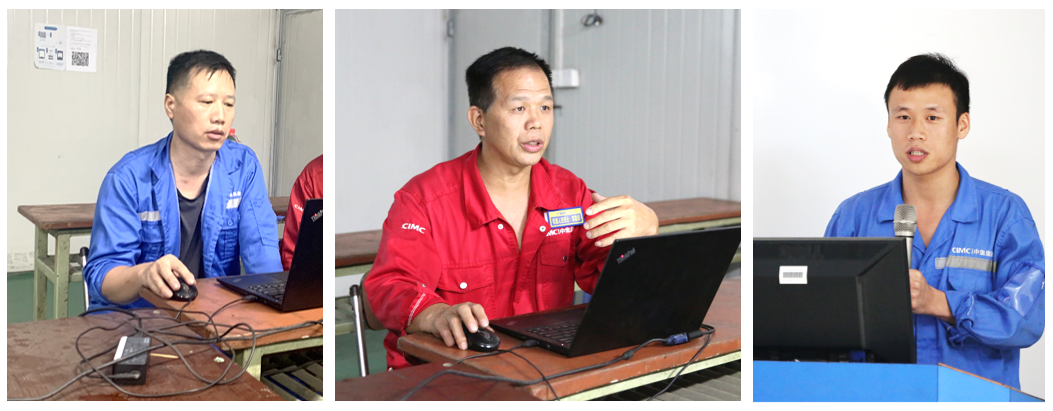
During the training sessions, the company recognized the hard work everyone put in throughout the day. As a thoughtful gesture, they provided light snacks and water to help alleviate any fatigue participants might be experiencing. This consideration was aimed at ensuring that after enjoying the snacks, everyone could maintain a high level of focus and concentration during the training.
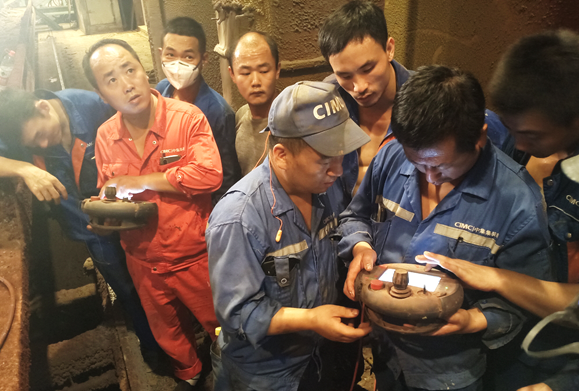
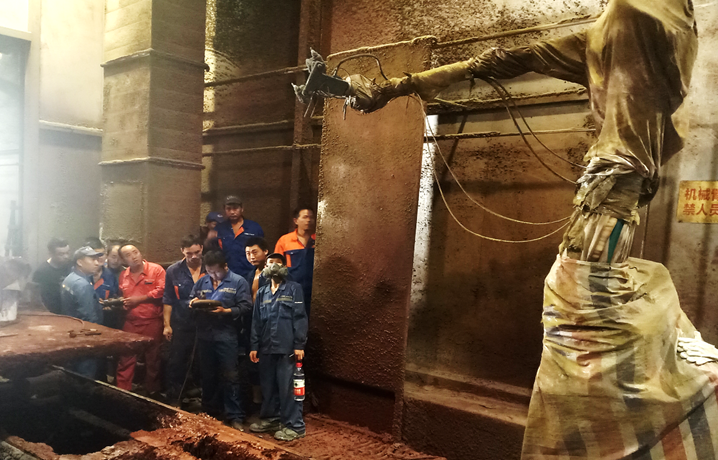
As the training progressed, everyone's enthusiasm grew, and they became more and more engaged in the learning process, surpassing the initial satisfaction of the one-hour post-work sessions. The paint department was the first to propose an idea: to use half of their Saturday off to add practical hands-on sessions! This initiative aimed to allow everyone to personally operate the robots. The plan was put into action! From team leaders to operators, everyone had the chance to get hands-on experience, and each individual was dedicated to their learning. Whenever anyone faced difficulties, the instructors patiently explained. The participants' eagerness to learn was acknowledged and appreciated by company leaders.
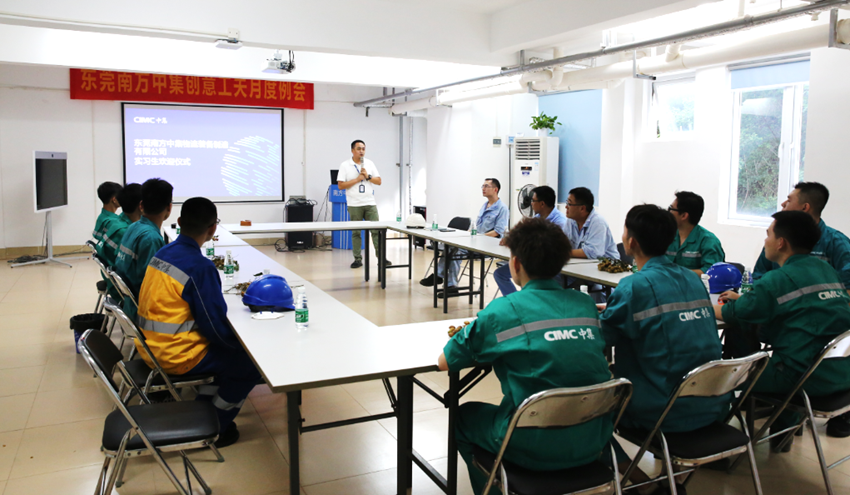
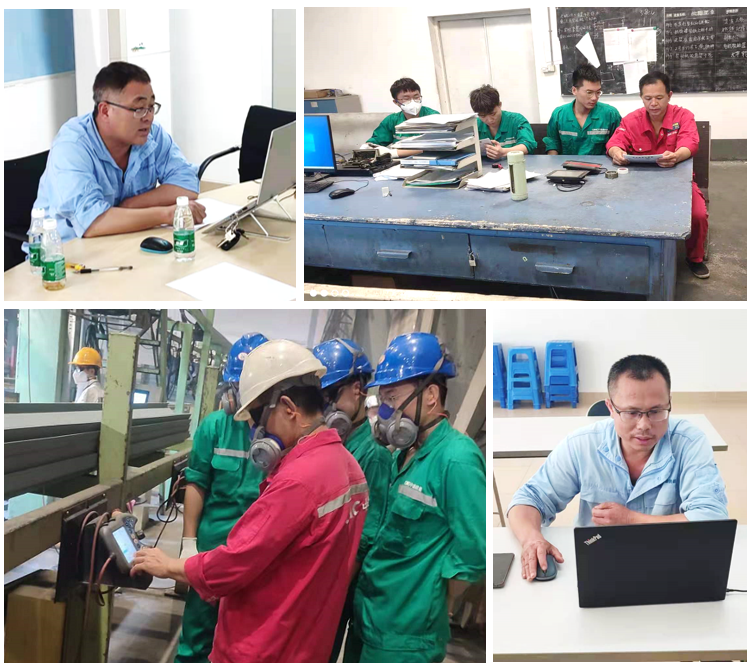
Furthermore, concerning the training of the 8 robot technicians and specialists, engineers from the Production and Manufacturing Department have been designated as training mentors. They are utilizing a mentorship approach, pairing skilled mentors with apprentices, and tailoring training for both electrical and mechanical categories. Additionally, the company is organizing regular invitations to robot manufacturers and advanced training institutions to provide specialized training for the participants.
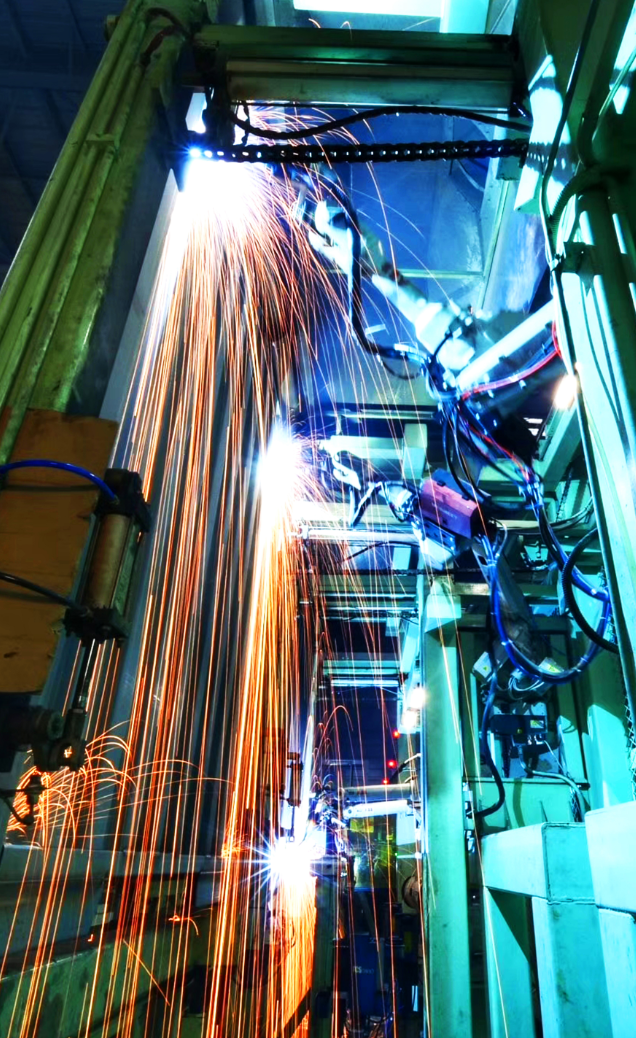
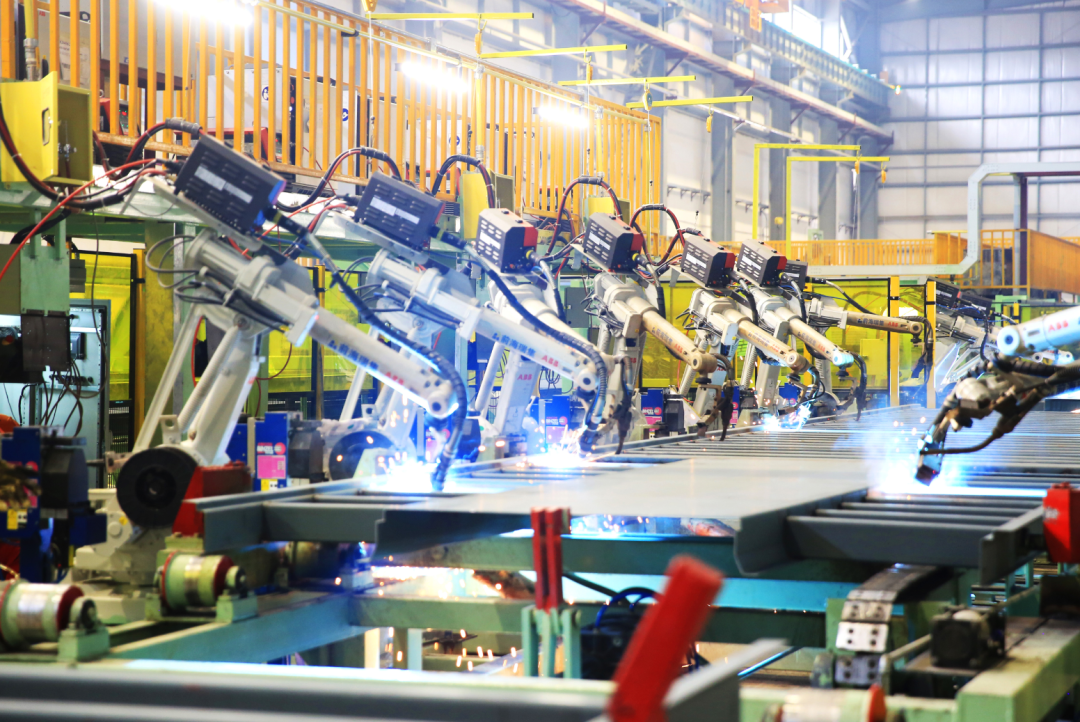
Through the implementation of the robot professional talent development program, the company aims to establish a comprehensive set of standards and systems for future training. This initiative not only addresses the need for qualified robot professionals in various positions within the company but also contributes to the company's efforts in upgrading and transforming towards intelligent manufacturing.